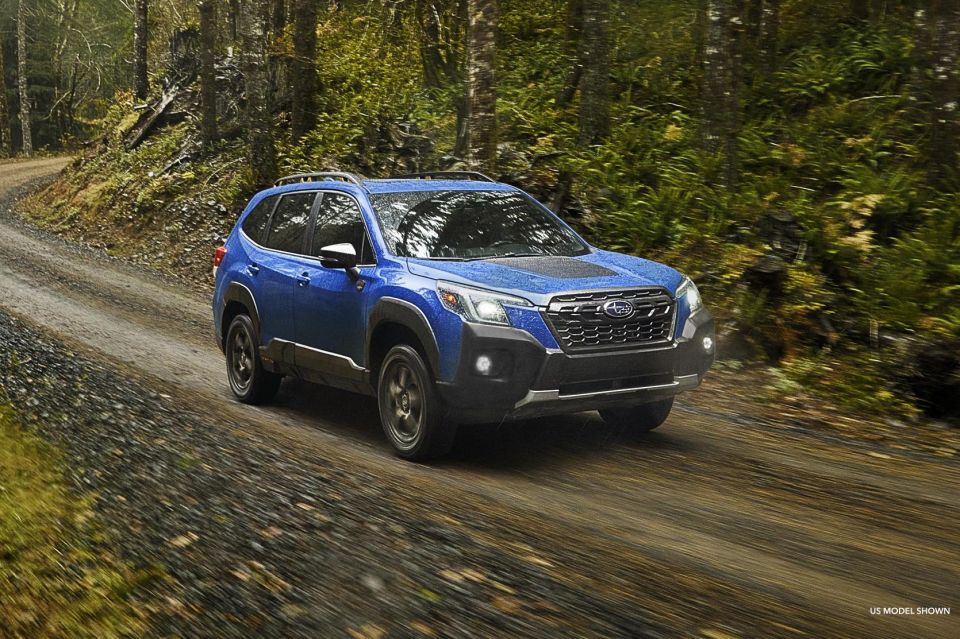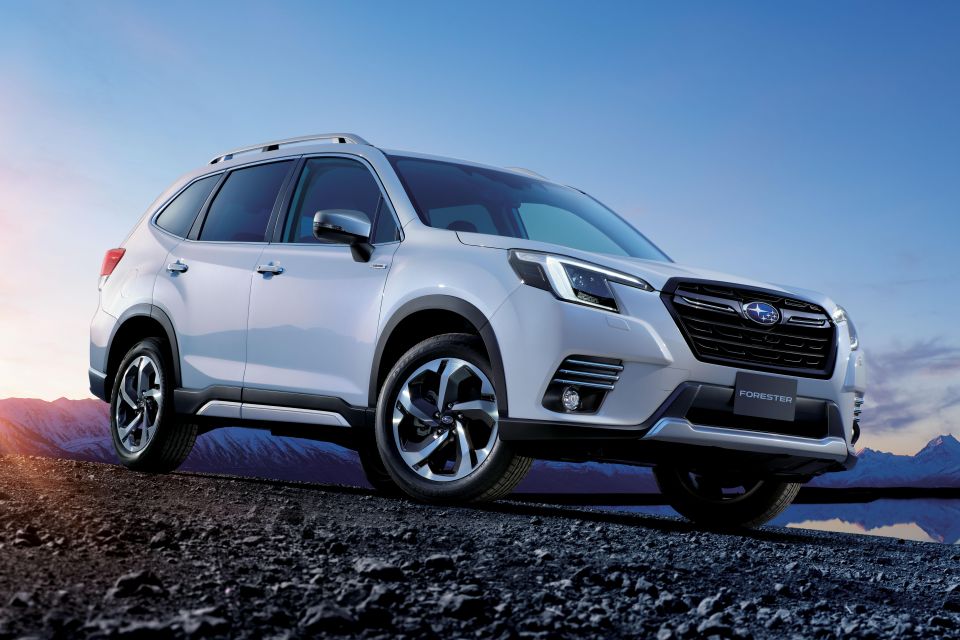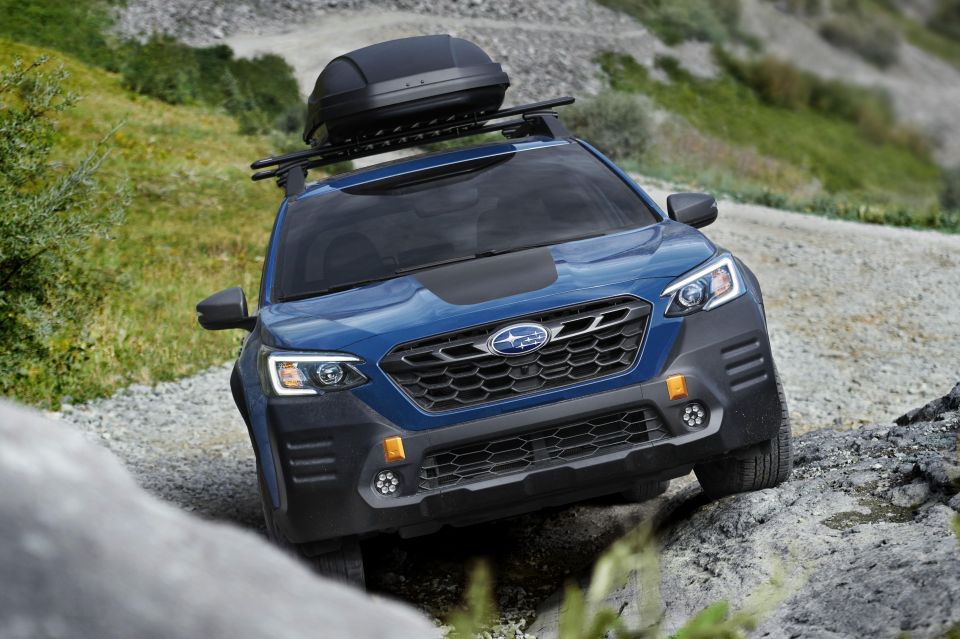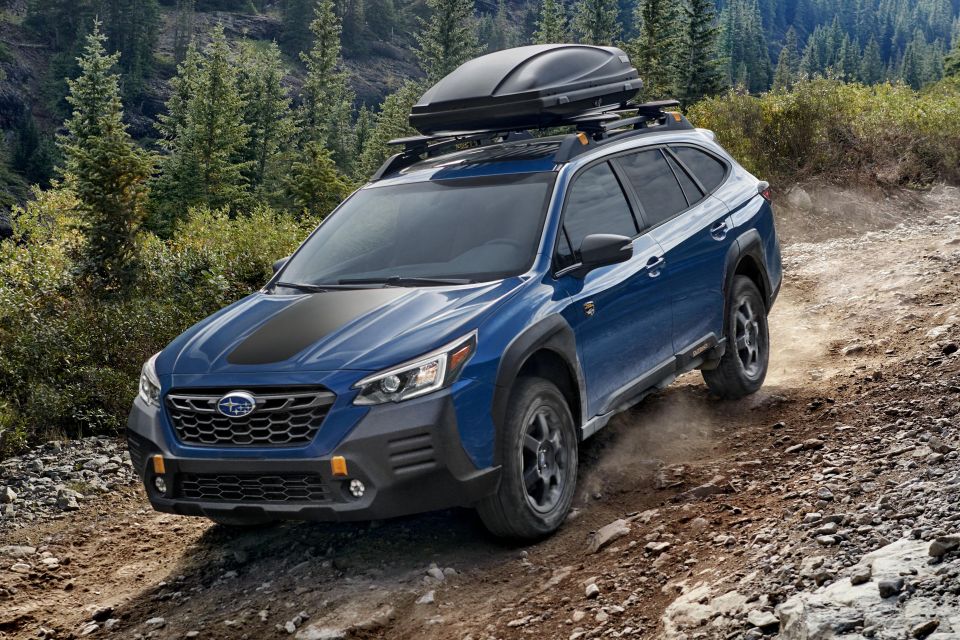

Matt Campbell
2025 Porsche 911 Carrera T review
5 Days Ago

Contributor
Subaru’s more rugged Forester has made an early debut.
The 2022 Subaru Forester Wilderness has been leaked in Canada, revealing its tougher looks. The images and details were posted on Twitter by Jonathan B-Potvin.
It’s for North America only at the moment, but Subaru Australia hasn’t ruled out doing something similar Down Under. A facelifted Forester is due before the end of 2021.
“Whilst there are no immediate plans for Wilderness models in Australia, we are following the progress of the Wilderness editions very closely,” a spokesperson said.

According to Subaru Canada, the Wilderness will get a retuned CVT transmission, an extra oil cooler, a raised suspension, and underbody skid plates that don’t feature on the regular model.
It’ll ride on all-terrain tyres, have roof rails with a higher load rating, and it packs more body cladding as well.
Like the related Outback Wilderness, the Forester gets matte black graphics on the body, and a water-resistant material on the seats instead of leather.
Power comes from the standard 2.5-litre naturally-aspirated boxer four-cylinder engine, which in the USA produces 136kW of power and 239Nm of torque.

The Forester is the second Wilderness model from Subaru USA, following in the tyre tracks of the Outback Wilderness.
Visually, the Outback Wilderness is distinguished from lesser models by a fixed ladder-type roof rack setup, and unique front and rear bumpers, which incorporate copper highlights, unique LED fog lights, and a squarer design.
Copper accents are also present on the stitching, steering wheel, gear shifter, and instrument meters. The seats are wrapped in water-repellant StarTex, while the rear cargo tray and rear seatbacks are covered in waterproof material.
The Outback Wilderness has a ground clearance of 241mm, up from the standard American Outback’s 221mm.


In concert with redesigned front and rear bumpers, the Wilderness has a 20.0-degree approach angle (up 1.4 degrees), a 21.2-degree breakover angle (up 1.8 degrees), and a 23.6-degree departure angle (up 1.9 degrees).
There’s also new rear differential with a final drive ratio of 4.44:1. The front axle sports the same final drive ratio thanks to changes to the CVT.
Together these updates are said to improve the availability low-end torque and allow the car to climb grades up to 40 per cent on gravel tracks.
Where expert car reviews meet expert car buying – CarExpert gives you trusted advice, personalised service and real savings on your next new car.
Scott Collie is an automotive journalist based in Melbourne, Australia. Scott studied journalism at RMIT University and, after a lifelong obsession with everything automotive, started covering the car industry shortly afterwards. He has a passion for travel, and is an avid Melbourne Demons supporter.


Matt Campbell
5 Days Ago


James Wong
4 Days Ago


Max Davies
3 Days Ago


Josh Nevett
2 Days Ago


Josh Nevett
1 Day Ago


William Stopford
17 Hours Ago